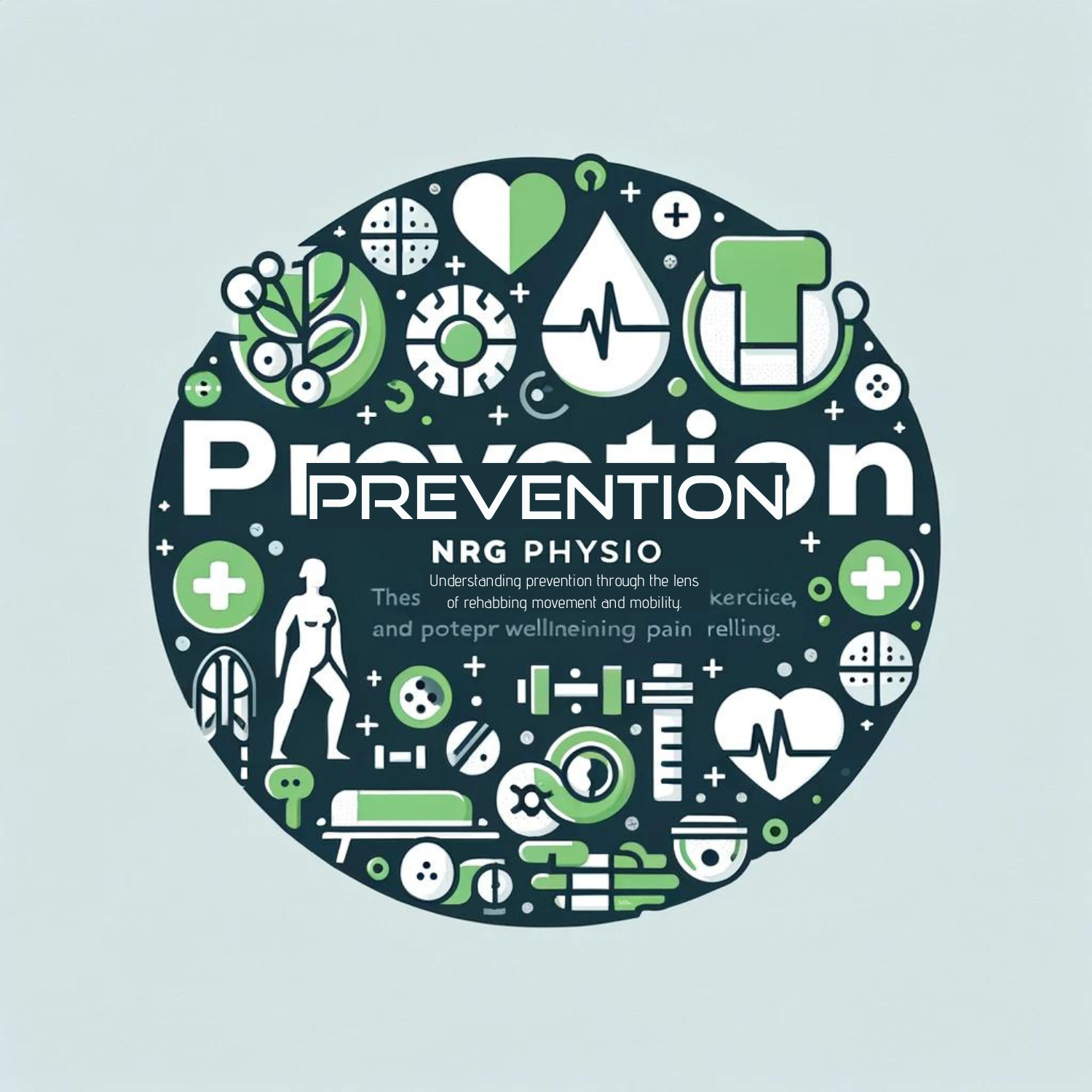Prevention

Prevention is a unique concept. It doesn’t matter if you are an athlete, work a heavy labor job, or just want to get out in the yard with your grandkids to play. Prevention is an umbrella concept for life and is woven throughout preparation and performance. And of course takes its own place in self care, cool downs, and all things post workout.
Why you are having aches, pains, and stiffness
Active Components:
If you are having frequent bouts of pain and setbacks it is a guarantee that you are not prioritizing one or many of these basic components of Prevention:
- Preparing your body for movement (warm up) – more specifically, mobilizing restricted areas to improve the movements to come.
- Not preparing your body for loaded movements leads to additional stress through stiff and cold muscles, leads to compensation during movements, and overall decreases quality of performance and function.
- If your job is physically demanding, getting your body ready to do the work will drastically change the way you feel. Understanding your job demands will allow you to know what areas to mobilize and warm up so you can minimize pain and improve how you feel throughout the day.
- Not preparing your body for loaded movements leads to additional stress through stiff and cold muscles, leads to compensation during movements, and overall decreases quality of performance and function.
- Moving with intention (technique) – more specifically, moving within your known boundaries, through good movement patterns, and limiting compensations.
- Have clear target for how to move make moving with intention easy. If you don’t have movement targets its difficult to identify when compensations happen and what corrections your should make to stay safe, avoid setbacks, and keep progress consistent.
- Being intentional during movements at work or at home by putting your body in the best position possible to work in will minimize stress on your body and limit compensating movements that create pain.
- Have clear target for how to move make moving with intention easy. If you don’t have movement targets its difficult to identify when compensations happen and what corrections your should make to stay safe, avoid setbacks, and keep progress consistent.
Passive Components
- Regulating Training – More specifically, managing load, intensity, volume, and frequency over longer periods of time – days, weeks, months, and years.
- Not regulating these components of training can lead to neurological fatigue, adrenal fatigue, metabolic fatigue, and a host of other things that will leave you feeling burnt out and make it difficult to stick with training.
Remember these things as it relates to regulating you training:
- Heart rates should not always be really high
- weights should not always be really heavy
- reps should not always be large quantities
- and it is ok to take a day off.
- Work is work. You don’t get to choose your reps and sets. Same with working around the house. The goal is to get the job done. If you can add some element of pacing out the tasks to minimize stress, great! But this really makes the best case for structured strength and conditioning. If your body is stronger than anything your life requires it makes managing work tasks much easier.
- Recovering – More specifically, managing heart rate recovery intra-session, do a cool down after exercise, muscle and nervous system recovery post session, and fueling with nutrition that allows your body to achieve quality sleep and regenerate effectively while you sleep.
- Training at high heart rates every workout is not the best for your metabolic system and long term performance gains. Knowing what your heart rate is and having a target zone for the day can help you mitigate the urge to go as hard and as fast as you can every workout and allow for better recoveries between workouts.
- Prioritizing nutrition is one of the easiest ways to enhance your recoveries. Better food and drink choices yield better sleep patterns. They also provide the necessary building blocks for your body to regen while you sleep.
- The concepts are agnostic. They don’t apply to just training, working, gardening, or playing but to everything and everyone.
This list could keep going but the point is this: Prevention requires intention throughout your entire day. Intentionally, or unintentionally, skipping over these baseline components will inevitably lead to setbacks.
Want more?
You can see our last post here.
For more content check us out at:








Recent Comments